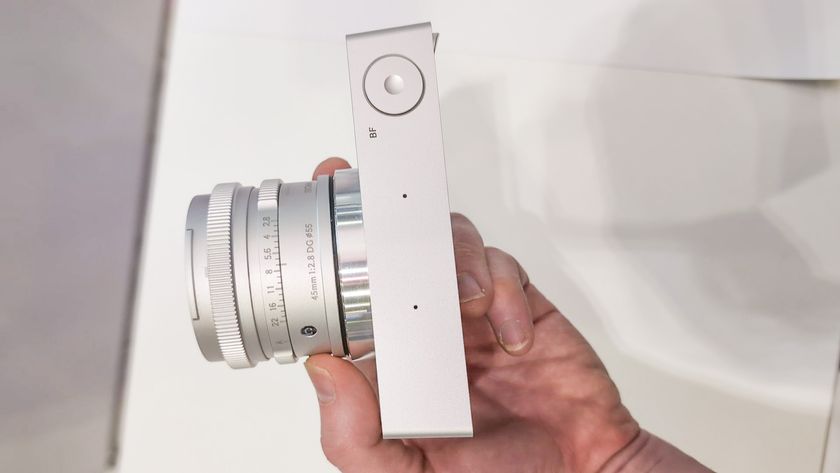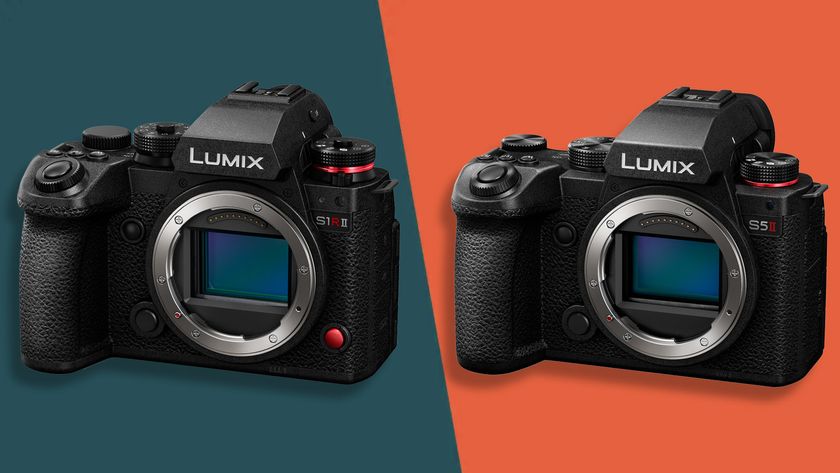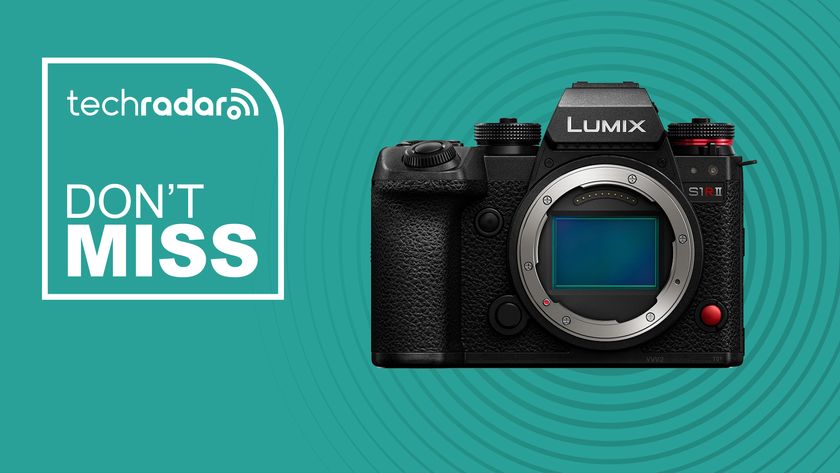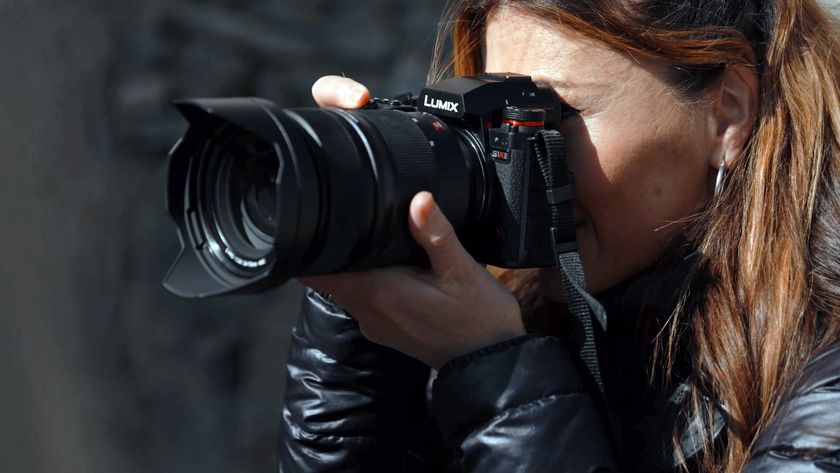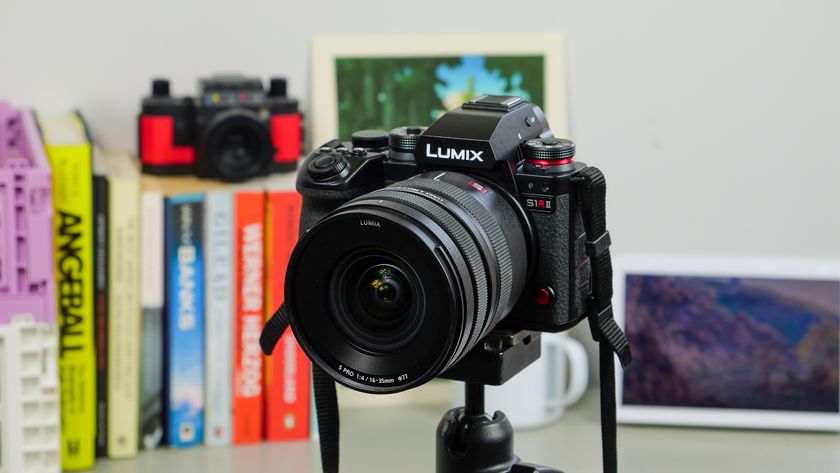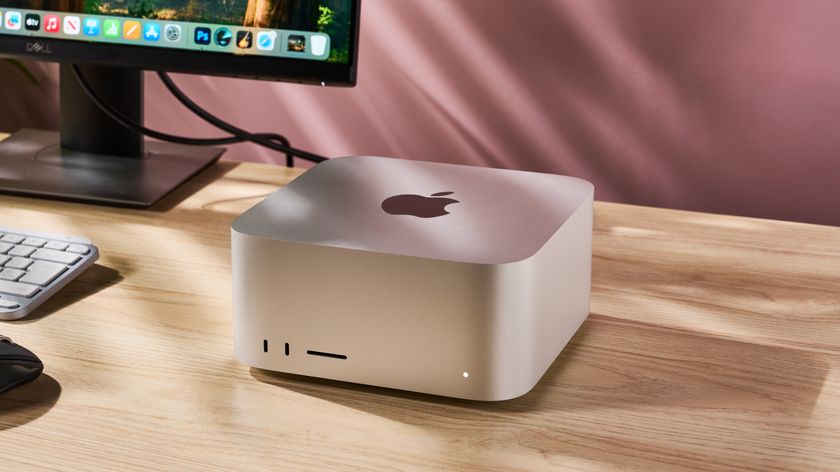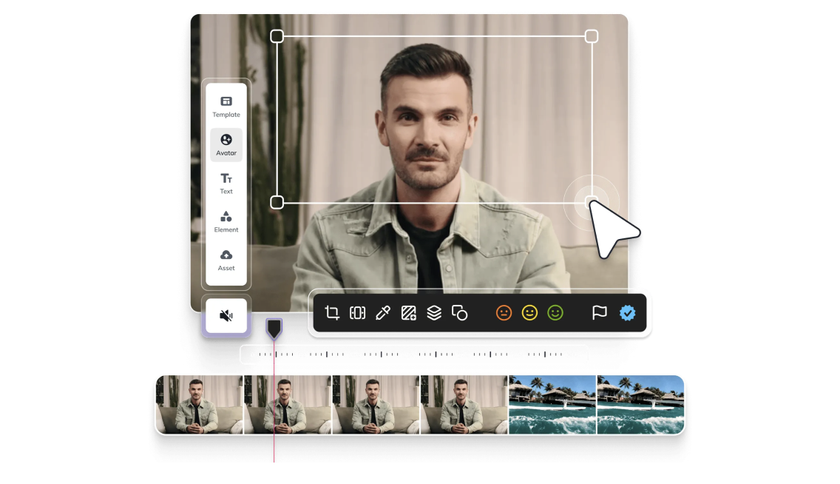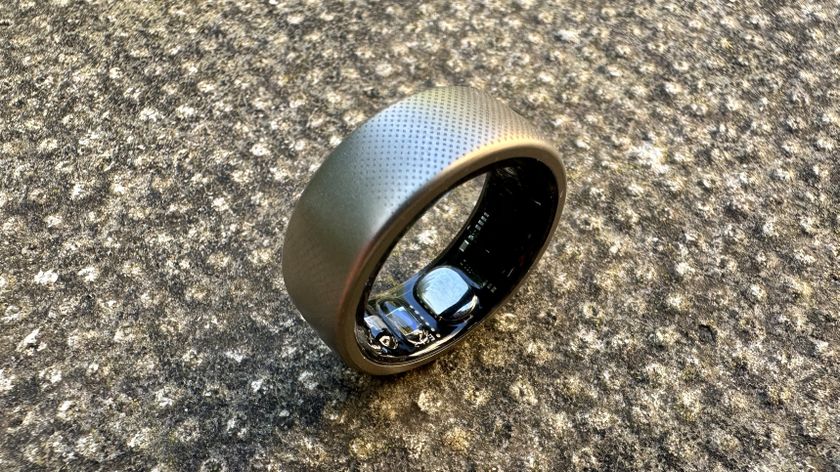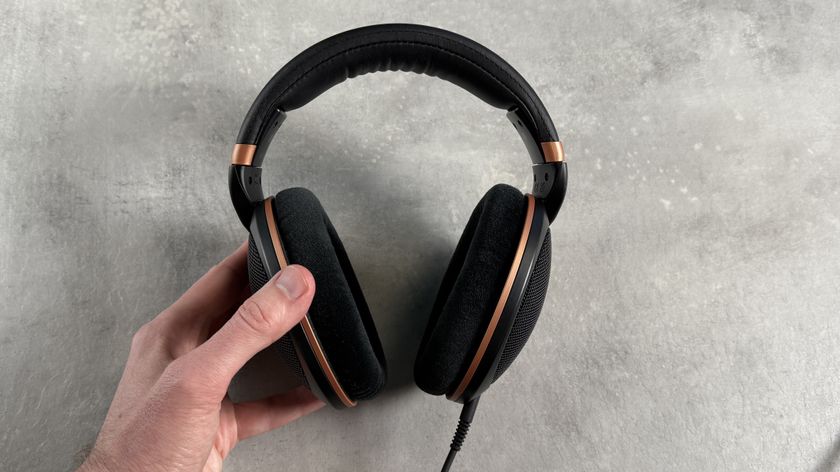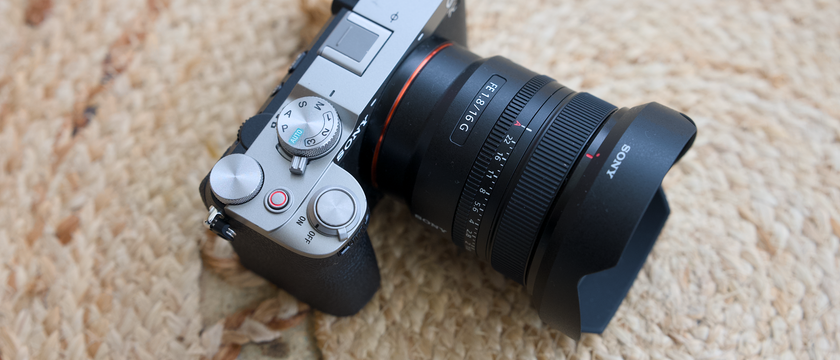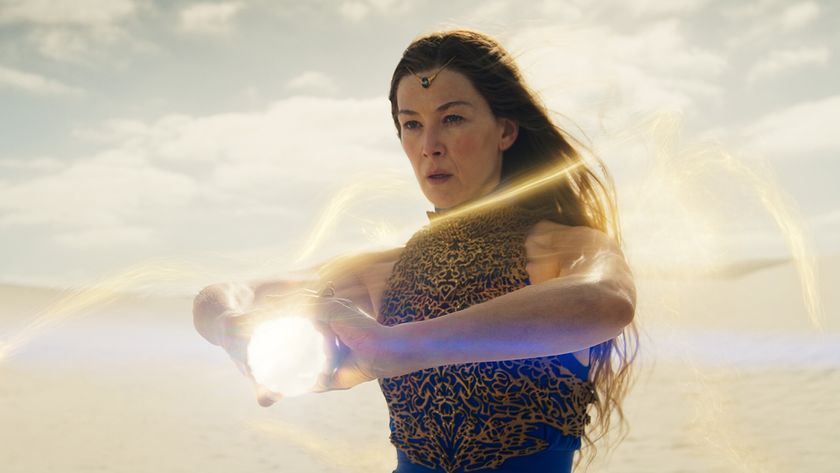TechRadar Verdict
The Samsung NX1 is an excellent camera. It feels great in the hand, is weatherproof, provides plenty of control, is enjoyable to use and produces superb quality images.
Pros
- +
High pixel count and good detail resolution
- +
Excellent AF system
- +
15fps continuous shooting
Cons
- -
Missing a few customisation options
- -
Baseball Mode is rather gimmicky
- -
Manual Focus Assist needs to work off centre
Why you can trust TechRadar
In recent times Samsung has produced some impressive compact system cameras such as the NX30 and NX Mini, but they don't seem to have grabbed the attention of the average enthusiast photographer. The NX1, however, has a feature set that few photographers can ignore.
• There will be a Samsung NX1 firmware update in 'mid January' 2015.
For a start, the sensor inside Samsung's new flagship model is an APS-C format, back-illuminated CMOS device with 28 million pixels. That's the highest pixel count of any APS-C format compact system camera and it's the first time that a back-illumination technology has been used to make a sensor larger than 1-inch type. The high pixel count and the fact that there's no anti-aliasing or optical low-pass filter over the sensor should be good news for detail resolution. Meanwhile back-illumination means there's more room for the light-gathering diodes so there's less image noise.
Samsung has also employed a new micro-lens array to enhance light transmission into the sensor, which again has benefits for low light performance and noise control.
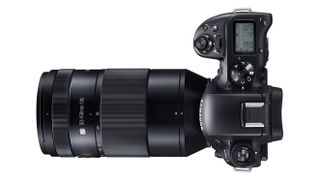
This sensor is accompanied by a new image processing engine, DRIMe V, which is claimed to be 2.8x faster than Samsung's previous engines. This extra processing power enables an incredible maximum continuous shooting rate of 15 frames per second (fps), which knocks the Nikon D4S out of the park.
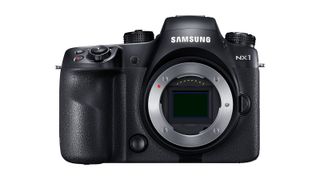
Samsung claims that this rate can be maintained for up to 78 Fine Quality JPEGs or 21 raw files, which is very impressive, but it's important to remember that this will take just over 3 seconds of shooting JPEGs or around 1.4seconds of raw files. If you need to shoot for longer, however, the shooting rate can be reined in to 8,10 or 12fps. It's also worth noting that with a SanDisk Extreme PRO UHS II card installed I found I could get 100 Super-fine JPEGs in a single burst at 15fps.
The new processor also enables 4K video recording, a native sensitivity range of ISO 100-25600 (which can be extended to ISO 51200) and adaptive noise reduction technology that applies noise reduction locally rather than uniformly across the whole image. In addition, raw images are saved in 14-bit in single shooting mode and 12-bit in continuous shooting.

Samsung is using a new codec, H.265 (HEVC) and 40Mbps for its 4K video. This is claimed to have the same image quality, but half the size of 100Mbps H.264 footage. Although 4K footage can be recorded to the memory card (SD/SDHC/SDXC/UHS-I/UHS-II) it is also possible to send clean, compressed 4:2:0 8-bit 4K footage to an external recorder via an HDMI connection. Samsung is also working with a third-party provider to ensure that there are compatible rigs and recorders available for the NX1.
Autofocusing is handled by Samsung's new NX AF System III, which has 205 Phase Detection AF points (153 cross type) and 209 contrast detection points. These points cover the majority of the image frame. Samsung claims an AF speed of 0.055sec and operation down to -4EV (what it calls 'half-moonlight'). When light falls below -4EV a green focus assist light shines a grid pattern as far as 15m.
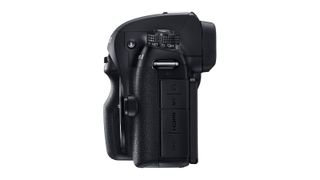
Manual focusing is also possible and there's Focus Peaking to make it easier to see which areas are sharp without zooming in on screen. There's also a zebra view (Samsung helpfully calls it the Overexposure Guide) to indicate areas that are close to burning out, but you can't set a brightness value at which the indicator kicks in.
According to Samsung, the processing power and high AF point coverage of the NX1 has enabled the company to introduce some novel automated shooting modes within Samsung Auto Shot (SAS) mode. These are being developed for specific scenarios and currently the NX1 has a 'Baseball' and 'Jump' option.
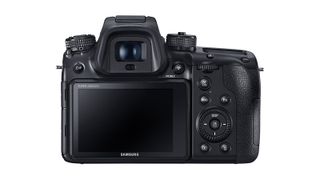
When this is selected, markers appear on the screen indicating where the batter should be in the frame (they can be switched from one side to the other). Then, once the shutter release is pressed the camera tracks at 240fps (it doesn't save files at this stage) looking for the moment that the ball enters the frame and is hit by the bat, when it takes a shot automatically.
There's also a 'Jump' option which is designed to take a shot when the subject reaches the maximum height of a jump. Before the NX1 went on-sale we were told that Samsung was considering and developing other scenarios – it could include a race option that takes an image when a subject crosses a line or perhaps a goal option for football, but so far the options are the same as those seen in the preproduction samples (Jump and Baseball).
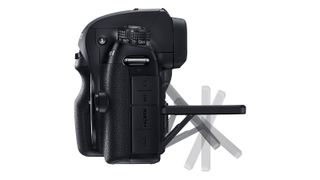
In addition to the 3-inch, 1,036,000-dot Super AMOLED touch-sensitive screen, which can be tilted up through 90 degrees and down through 45, Samsung has given the NX1 an OLED electronic viewfinder (EVF) for composing and reviewing images. Both of these devices are claimed to have a lag of just 5-10ms.
No Samsung camera would be complete without Wi-Fi connectivity and the NX1 is no exception (IEEE 802.11b/g/n/ac in this case). It also has Bluetooth 3.0 communication for making connections quickly with nearby compatible devices, as well as Near Field Communication (NFC) technology. This means it should be quick and easy to connect the camera to a range of devices to allow remote control and image sharing.
A final note on the NX1's specification: the battery has a claimed life of 500 shots (which I found no reason to doubt during this test), and a vertical grip will be available that takes two batteries for longer shoots.
